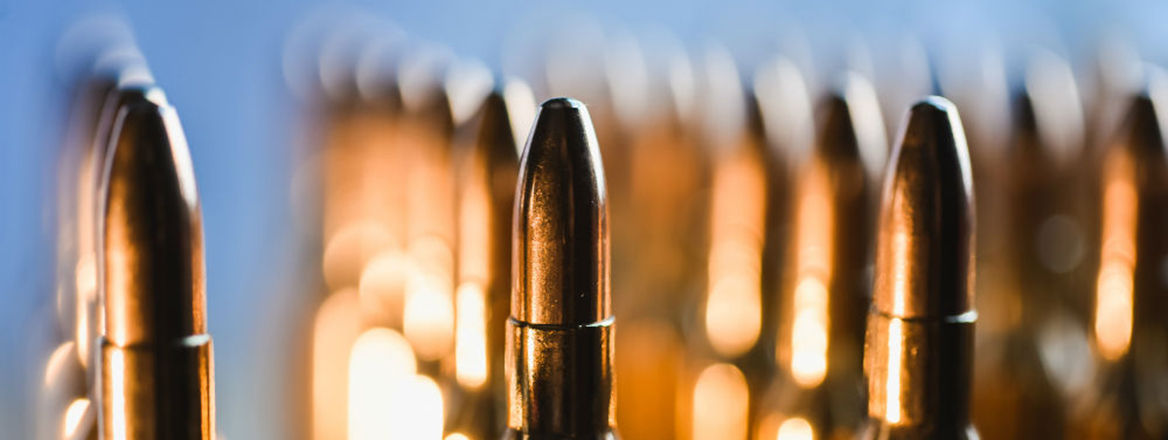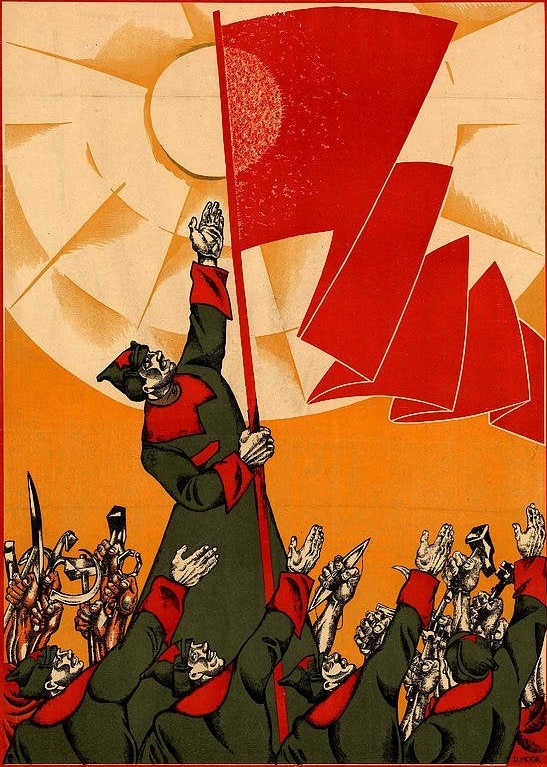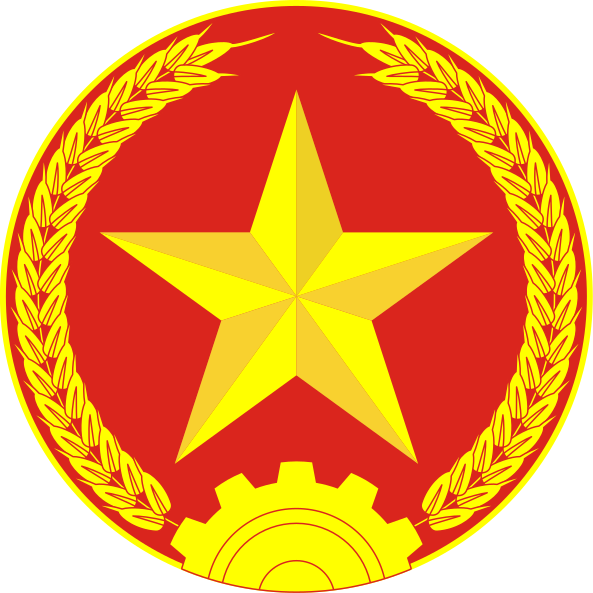- cross-posted to:
- ukraine_war_news
- cross-posted to:
- ukraine_war_news
cross-posted from: https://lemmygrad.ml/post/289715
Jokes and SLS aside, interesting and insightful article on modern industrial war and capabilities in Russia and the West.
TLDR: To wage large scale industrial war you need a massive industrial and manufacturing base to supply your population and army. The West outsourced those capabilities. Oops.
In short, US annual artillery production would at best only last for 10 days to two weeks of combat in Ukraine. If the initial estimate of Russian shells fired is over by 50%, it would only extend the artillery supplied for three weeks.
In a recent war game involving US, UK and French forces, UK forces exhausted national stockpiles of critical ammunition after eight days.
Lockheed Martin produces about 2,100 [Javelin] missiles a year, though this number might ramp up to 4,000 in a few years. Ukraine claims to use 500 Javelin missiles every day.
The Russians have fired between 1,100 and 2,100 missiles. The US currently purchases 110 PRISM, 500 JASSM and 60 Tomahawk cruise missiles annually
How fucking crazy is it the Russians can do this with like 1/10 the military budget?
Turns out a multibillion $ streaming service bloats your GDP, but doesn’t produce anything materially needed in case of war. Also turns out capitalism creates the conditions for its own undoing.
And we’ve been saying this shit from day fucking one.
So how much does Russia have in stock? I assume tons, and they actually have industry so they can replenish.
What about the PLA’s capabilities?
Good questions. According to this article, “the assumption that there are 4,000 cruise and ballistic missiles in the Russian inventory is not unreasonable.”
Context:
The Russian rate of production can only be estimated. Russia started missile production in 2015 in limited initial runs, and even in 2016 the production runs were estimated at 47 missiles. This means that it had only five to six years of full-scale production. The initial stockpile in February 2022 is unknown, but considering expenditures and the requirement to hold substantial stockpiles back in case of war with NATO, it is unlikely that the Russians are worried. In fact, they seem to have enough to expend operational-level cruise missiles on tactical targets. The assumption that there are 4,000 cruise and ballistic missiles in the Russian inventory is not unreasonable. This production will probably increase despite Western sanctions. In April, ODK Saturn, which makes Kalibr missile motors, announced an additional 500 job openings. This suggests that even in this field, the West only has parity with Russia.
As for the PLA, or for other estimates about Russia, I’d have to look around for other sources.
Also, I think this is an interesting passage regarding “flawed assumptions” about this issue:
The second crucial assumption is that industry can be turned on and off at will. This mode of thinking was imported from the business sector and has spread through US government culture. In the civilian sector, customers can increase or decrease their orders. The producer may be hurt by a drop in orders but rarely is that drop catastrophic because usually there are multiple consumers and losses can be spread among consumers. Unfortunately, this does not work for military purchases. There is only one customer in the US for artillery shells – the military. Once the orders drop off, the manufacturer must close production lines to cut costs to stay in business. Small businesses may close entirely. Generating new capacity is very challenging, especially as there is so little manufacturing capacity left to draw skilled workers from. This is especially challenging because many older armament production systems are labour intensive to the point where they are practically built by hand, and it takes a long time to train a new workforce. The supply chain issues are also problematic because subcomponents may be produced by a subcontractor who either goes out of business, with loss of orders or retools for other customers or who relies on parts from overseas, possibly from a hostile country.
Okay so Russia has enough already and the resupply capabilities to rival (in practicality probably surpass) NATO. Go figure.
Now that point of weapons production is strong to consider, but isnt it only the plague of western, and especially US, imperialist gluttony.
PLA has been constantly modernising for the last 15 years or so, so i would assume their resupply capabilities are superior to any other country even now. And contrary to the west, they have centrally planned economy and world’s biggest industrial production, so they can increase the production much more and much easier than west.
Not to mention the numbers or actually having something to fight for. I’d imagine the West aren’t going to be able to catch up with both of them, even without the economic crash upcoming.
Can’t forget the banger in that Russia, China, and Tajikistan are the only major suppliers of antimony.
Or to summarize the article, a mineral that is critical in producing ammunition and that the United States has zero production of.
The mineral antimony is critical to the defense-industrial supply chain and is needed to produce everything from armor-piercing bullets and explosives to nuclear weapons as well as sundry other military equipment, such as night vision goggles.
After Japan cut off the U.S. supply of antimony from China during World War II, the United States began procuring the mineral from ore in an Idaho goldmine. However, that mine ceased production in 1997.
“There is no domestic mine for antimony,” according to a 2020 report from the U.S. Geological Survey, a government agency. “China is the largest producer of mined and refined antimony and a major source of imports for the United States.”
The report noted that China is “losing market share with Russia, the world’s second-ranked producer,” with Tajikistan gaining ground in the global market as the world’s third-largest supplier of antimony.
I am surprised the article did not mention the three-letter natural resource you need to fuel and maintain armoured vehicles, and of which the West is currently in short supply






